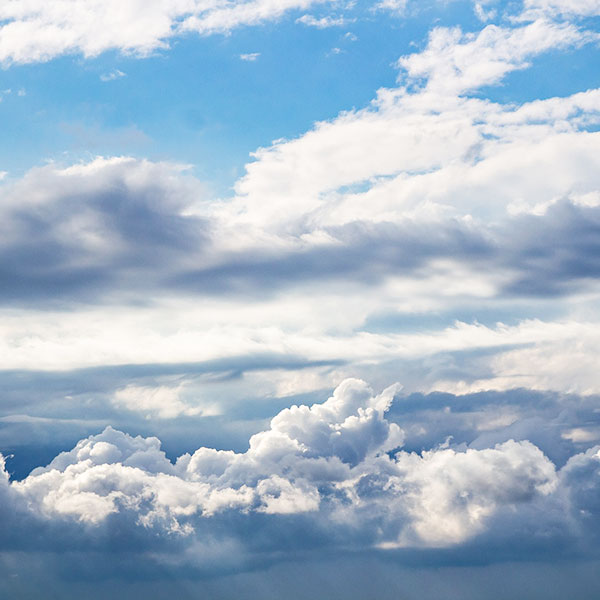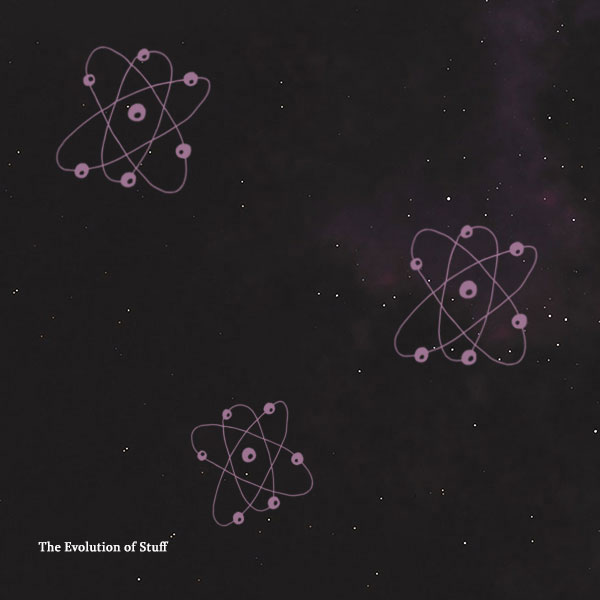Oxygen is atomic number 8 on the periodic table and a highly reactive non-metal. It forms oxides easily with other elements such as turning copper green. It’s the most abundant element in Earth’s crust, and the third most abundant element in the universe. Oxygen in the atmosphere is O₂ which is two atoms of oxygen combined to form dioxygen. This is the gas that forms 21 percent of the atmosphere today.
Oxygen is crucial to life today. The evolution of this process began with early life. Let’s first explore the origin of oxygen itself.
Nuclear Fusion in Stars Creates Oxygen
All the chemicals known to us that are found on the periodic table (the 94 natural ones) were all created within the nuclear fusion processes of stars. Stars are created through gravity bringing together hydrogen and helium clouds (formed from the big bang), into high pressure and dense spaces of energy. When the pressure increases enough to raise the temperature to 10 million degrees Celsius, nuclear fusion will begin with hydrogen as the fuel source. Atoms will fuse together to form helium. Once hydrogen is exhausted as a fuel source, helium will be the new fuel source at temperatures of around 100 million degrees Celsius.
As each fuel source is used up going along the periodic table, the heat and pressure will keep increasing to create more elements. The star will expand and contract during the stages until the core of the star reaches iron, number 26 on the periodic table. After that, the heavier elements are made in the explosion of a supernova.
For oxygen, the temperatures in the core of the star need to reach 1,500 million degrees Celsius. For iron, the temperature needs to reach between 4,000 and 6,000 degrees Celsius.
The Great Oxidation Event – 2.4 billion to 2 billion years ago
At this time in Earth’s history, during the Paleoproterozoic era (2.5 billion years to 1.6 billion years ago), the atmosphere was made up of mainly carbon dioxide and nitrogen. Cyanobacteria (single cell organisms) were the first photosynthesising organisms that evolved, though new evidence shows that Prochlorococcus, a tiny organism, is the most abundant photosynthesising organism in the oceans today. It may have produced more oxygen than cyanobacteria, research is ongoing.
The by-product of photosynthesis is free oxygen. Free oxygen is actually quite reactive. As oxygen was released into the atmosphere, a lot of it was absorbed by the iron in the ocean. This reacted and rusted, leading to the banded iron formations that can be found across the Earth. However, there was only so much iron to react with and oxygen began to pollute the anaerobic atmosphere.
Oxygen and living organisms
Anaerobic organisms dying out
The majority of organisms around at that time were anaerobic due to the atmospheric conditions of early earth so oxygen was poisonous to them. There was an extinction event which led to most of these organisms dying while the photosynthesising organisms thrived. The anaerobic organisms couldn’t adapt themselves fast enough to the changes in the atmosphere. Photosynthesising organisms took over dominance which ultimately evolved to life being dependent on oxygen in the atmosphere.
Aerobic metabolism is more efficient than anaerobic pathways. As oxygen levels increased in the atmosphere, organisms evolved to use this as an energy source thus evolving into greater variations, evolutionary radiation and complexity.
Oxygen relationship with simple and complex organisms
Free oxygen is damaging to simple organic molecules, simple life couldn’t have developed in a rich oxygen atmosphere. But by the time the oxygen levels increased, life was robust enough to handle it. Some forms may have died out, but the fittest would have survived and thrived. Eukaryotes evolved around 1.7 billion years ago, complex organisms compared to early prokaryotes. They found great ways to exploit the oxygen rich atmosphere.
Oxygen relationship with evolution of life
It thought that the rise in oxygen levels over the last 150 million years, contributed to the evolution of larger animals. Certain animals also have relatively high oxygen demands like therapod dinosaurs, modern birds, and mammals. Birds and mammals have higher oxygen demands than reptiles, which ties in with the evolution of birds and mammals after the reptiles, who evolved in lower oxygen levels. Placental evolution occurred around 100 million years to 65 million years ago which also coincides with rising oxygen levels, this evolution requires relatively high oxygen levels to occur in the first place.
Oxygen in the Atmosphere
Ozone layer
Oxygen floating high in the atmosphere creates the ozone layer, which is a few millimetres thick and 30 kilometres above the surface. This is a layer of three atom oxygen, not the two mentioned above, and shields the earth from ultraviolet radiation coming from space amongst other things. This would have it easier for life to spread without these harmful things coming in.
Timeline of Atmospheric Changes
2 billion years ago – oxygen may have counted for 3 percent of the atmosphere.
850 – 540 million years ago, Neoproterozoic oxygenation event NOE – a long event rising the oxygen levels in the atmosphere due to several causes. Sometimes referred to as the ‘second great oxidation event’ mirroring the first event above. This brings an end to the ‘boring billion (1.8 – 0.8 billion years ago)’ and is one trigger for the upcoming snowball glaciations
750 million years ago approximately – oxygen made maybe 12 percent of the atmosphere. This apparently dropped quite sharply to 0.3 percent in tens of millions of years but then rose again.
538 million years ago – from the Cambrian period to today, oxygen in the atmosphere has fluctuated from between 10 and 35 percent.
300 million years ago – end of the Carboniferous period – oxygen rose to 35 percent, this was the time of the great forests, larger insects, no major land animals to eat the forest and the basis of the coal deposits we use today.
252 million years ago – The Great Dying, the third mass extinction event and the most devastating, wiping out up to 96 percent of life on earth. It’s theorised that huge amounts of carbon dioxide and methane were pumped into the atmosphere, oxygen dropped from 30 percent to 10 percent.
200 million years ago – Triassic period. A stressful time for life, oxygen remained low, another extinction event in smaller stages. Dinosaurs lived through this evolving to dominate the planet, they developed efficient breathing which they passed onto modern day birds.
66 million years ago – end of Mesozoic era. Oxygen would increase from the lows of the early Mesozoic (251 million years ago) as mentioned above with the extinction events, to around 18 percent of the atmosphere by the end of the Mesozoic era at the time of last extinction event, wiping out the dinosaurs.
50 million years to 40 million years ago – in the Eocene epoch (56 million years to 33 million years ago). Appeared to have been a spike in oxygen during this epoch to 23 percent of the atmosphere, settling then by the end of the epoch to the current 21 percent.
Today – we stand at 21 percent, regardless of the greenhouse effect happening, this seemingly has little effect on the oxygen levels.





